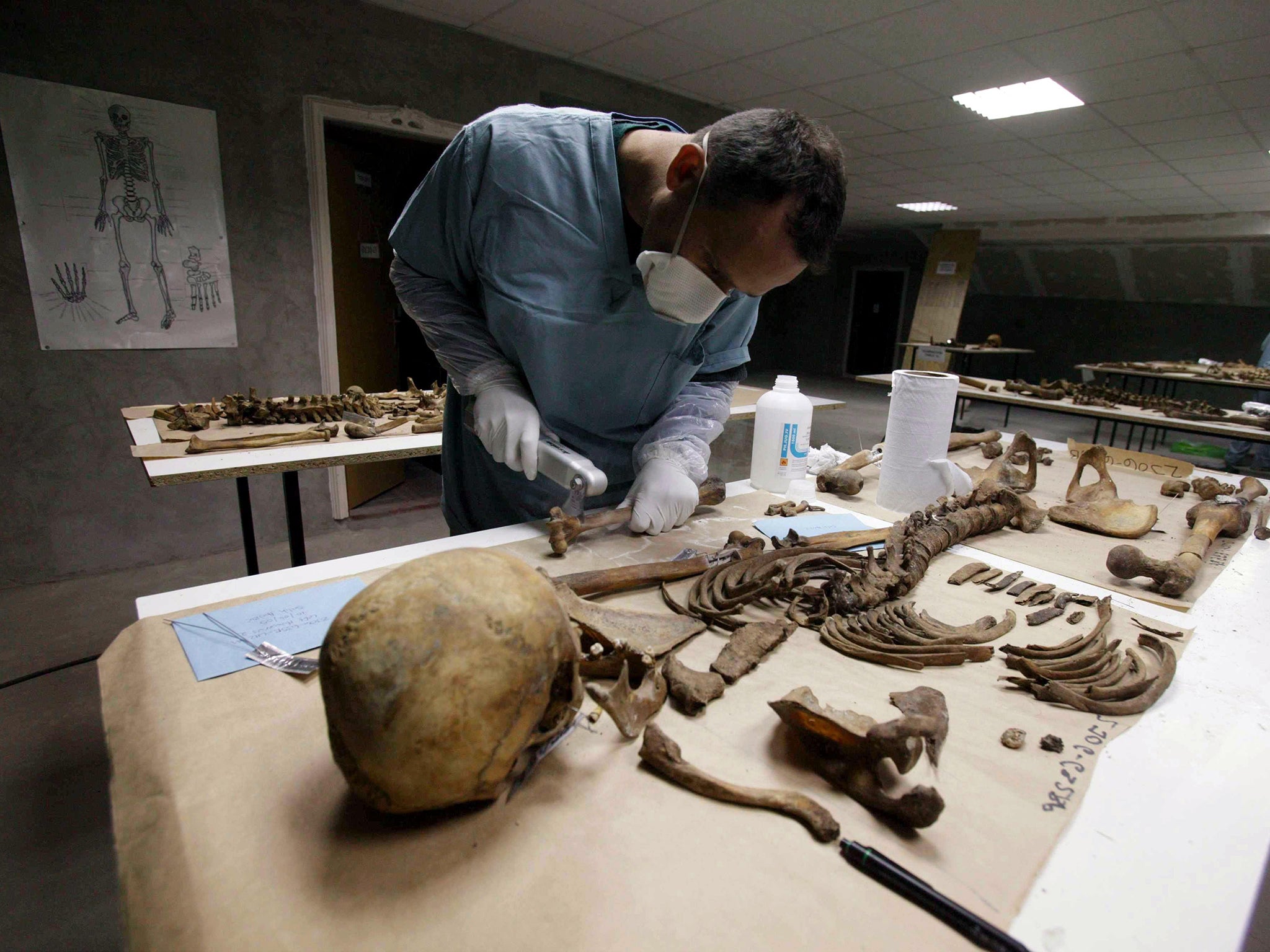Kennewick man: DNA taken from 8,500 year-old skeleton found to be related to nearby native American tribe
The skeleton became one of the most controversial figures in American anthropology when tribes living in the region claimed that he was an ancestor

DNA taken from the skeleton of a man who died about 8,500 years ago on the banks of the Columbia River near the city of Kennewick in the Pacific Northwest state of Washington has revealed that his closest known living relatives belong to a nearby tribe of native Americans, scientists have said.
A study has found that Kennewick man, who was the subject of a long legal dispute between Native Americans and the US Government, is more closely related to living indigenous people than any other known group – a finding that was in the past disputed by some scientists.
Eske Willerslev of the University of Copenhagen, who led the study published in the journal Nature, said that an analysis of the skeleton’s full genome shows a clear connection with the Confederated Tribes of the Colville Reservation, one of the five tribal groups that had tried to claim the skeleton as ancestral property from the US Government.
“It’s very clear that genomic sequences show he’s most closely related to native Americans. Not all Native Americans have been sequenced, however one of the tribes, the Colville, has been and they the most closely related,” Professor Willerslev said.
Previous studies of Kennewick man’s skull have suggested that he may have belonged to a Caucasian ethnic group given that his head was longer and narrower than the broader skulls of native Americans and their Mongoloid ancestors from Asia. However, Professor Willerslev said that a re-evaluation has concluded that nothing could be decided on the basis of one individual.
Kennewick man became one of the most controversial figures in American anthropology when native tribes living in the region where he was found claimed that he was an ancestor and that therefore his remains could be returned to them under a 1990 law that gave special protection to the graves and remains of indigenous Americans.
Professor Willerslev refused to be drawn on whether the new findings could be used to re-open the case. “It’s for the courts to decide,” he said.
Subscribe to Independent Premium to bookmark this article
Want to bookmark your favourite articles and stories to read or reference later? Start your Independent Premium subscription today.

Join our commenting forum
Join thought-provoking conversations, follow other Independent readers and see their replies